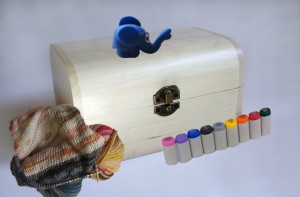The name “Play Nice Institute”[1] conjures up images of extremely polite children playing on a playground – taking turns on swings and slides, no whining or complaining or blaming. Everyone being, well, Nice.
A lovely image but that’s not what the Play Nice Institute (PNI) is all about. They are “an organization that focuses on the design and development of games that promote emotional resilience through skills acquired while children are immersed in games they love to play.”
Recently, PNI has created a neurofeedback video game called ‘Mindlight”. Aimed at children 8 – 12 years of age, Mindlight is a video game designed to help children learn how to face and overcome anxiety and fear. The child wears an EEG headband. An electrode in the headband reads brainwaves – alpha, beta, and theta waves. The game uses the child’s mindset and brainwaves to advance the action in the game.
Mindlight starts with Arty who arrives at grandma’s house only to discover the house is covered in darkness. He has to rescue grandma. There are a number of obstacles he has to overcome, progressively scarier encounters, and puzzles he has to solve in order to save his grandmother. In the game Arty wears Teru, a magical hat that shines whenever the child playing the game feels relaxed. As soon as the child playing the game becomes anxious or fearful the game turns dark and they have to relax themselves in order to generate light again.
As the PNI says, “Using the neurofeedback headset to play the game, the environment, threats, and puzzles all respond to how a player is allocating his/her attention and, thus, how he/she is feeling. Relaxation allows for a light bubble to shine on the surroundings and focused concentration unlocks hiding spaces and allows the player to solve attention bias modification puzzles.”
MindLight uses several evidence-based strategies through which children learn to manage and overcome anxiety symptoms. Continue reading
*The views expressed by our authors are personal opinions and do not necessarily reflect the views of the CCPA







